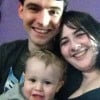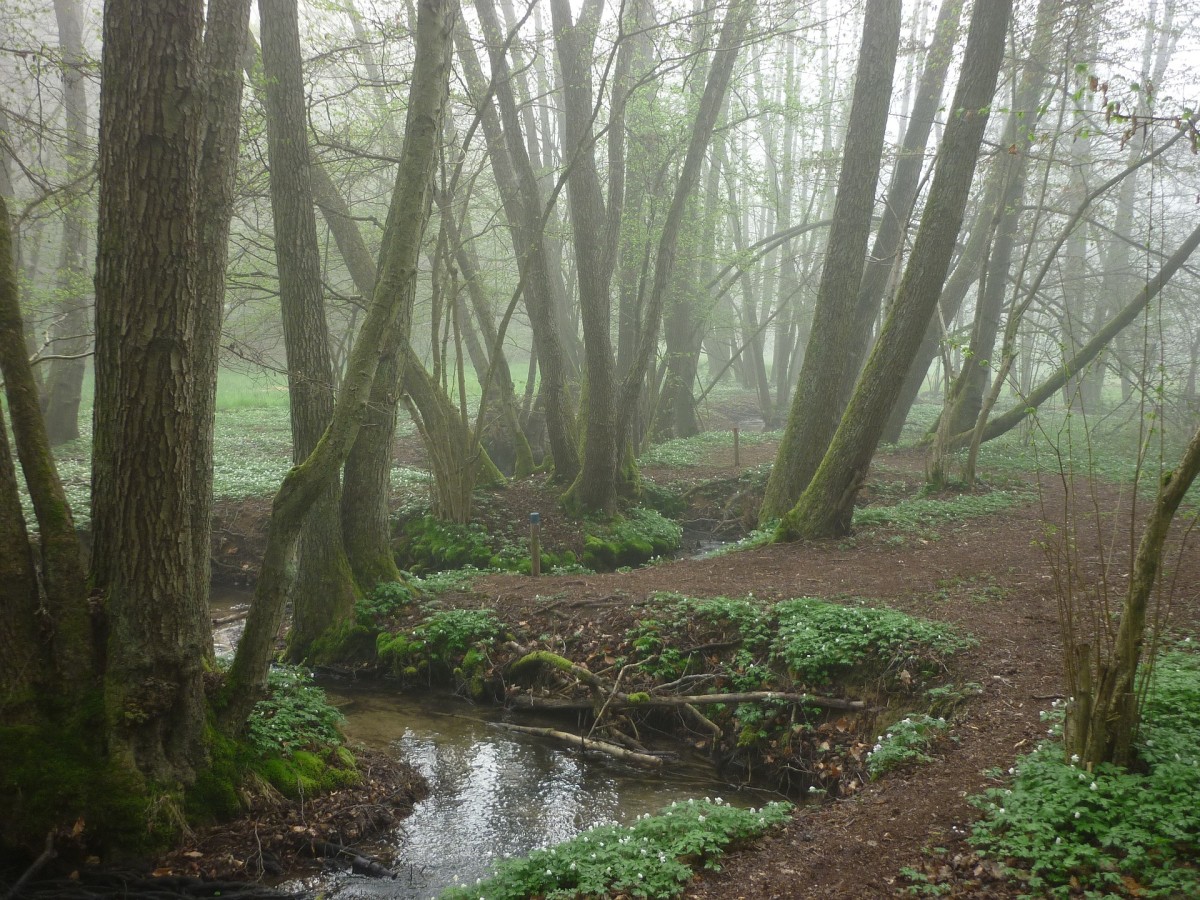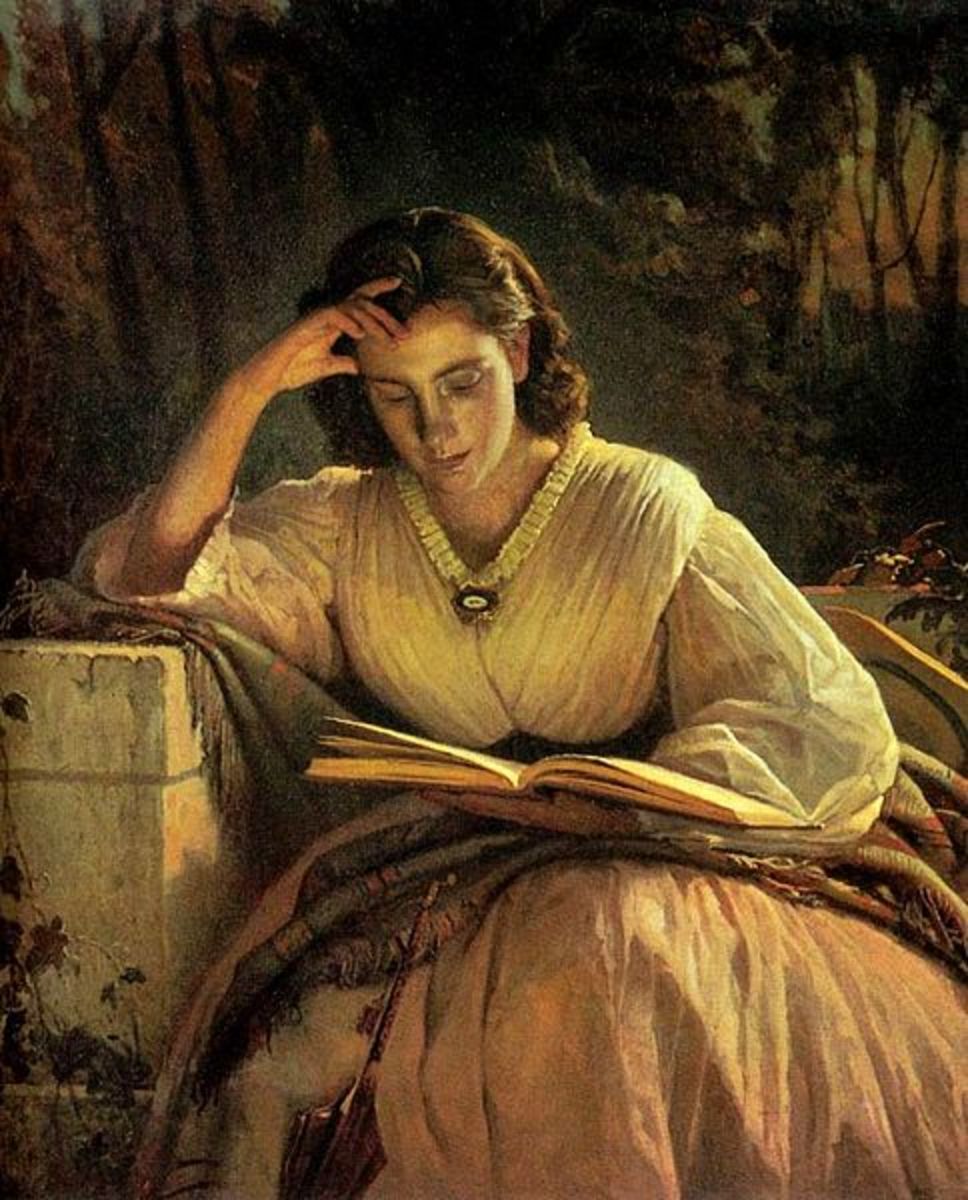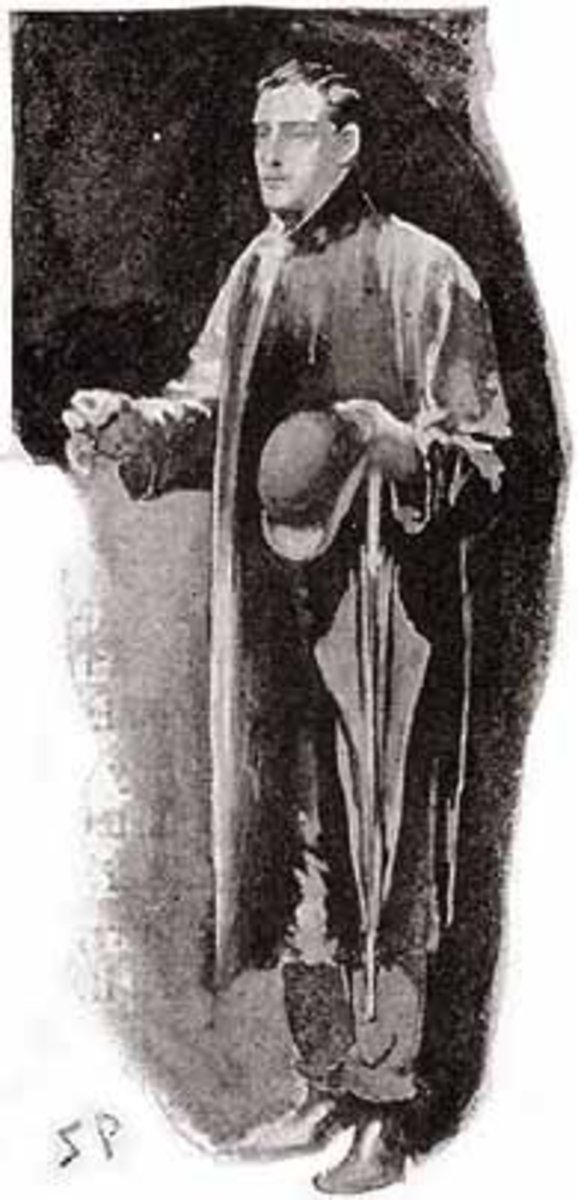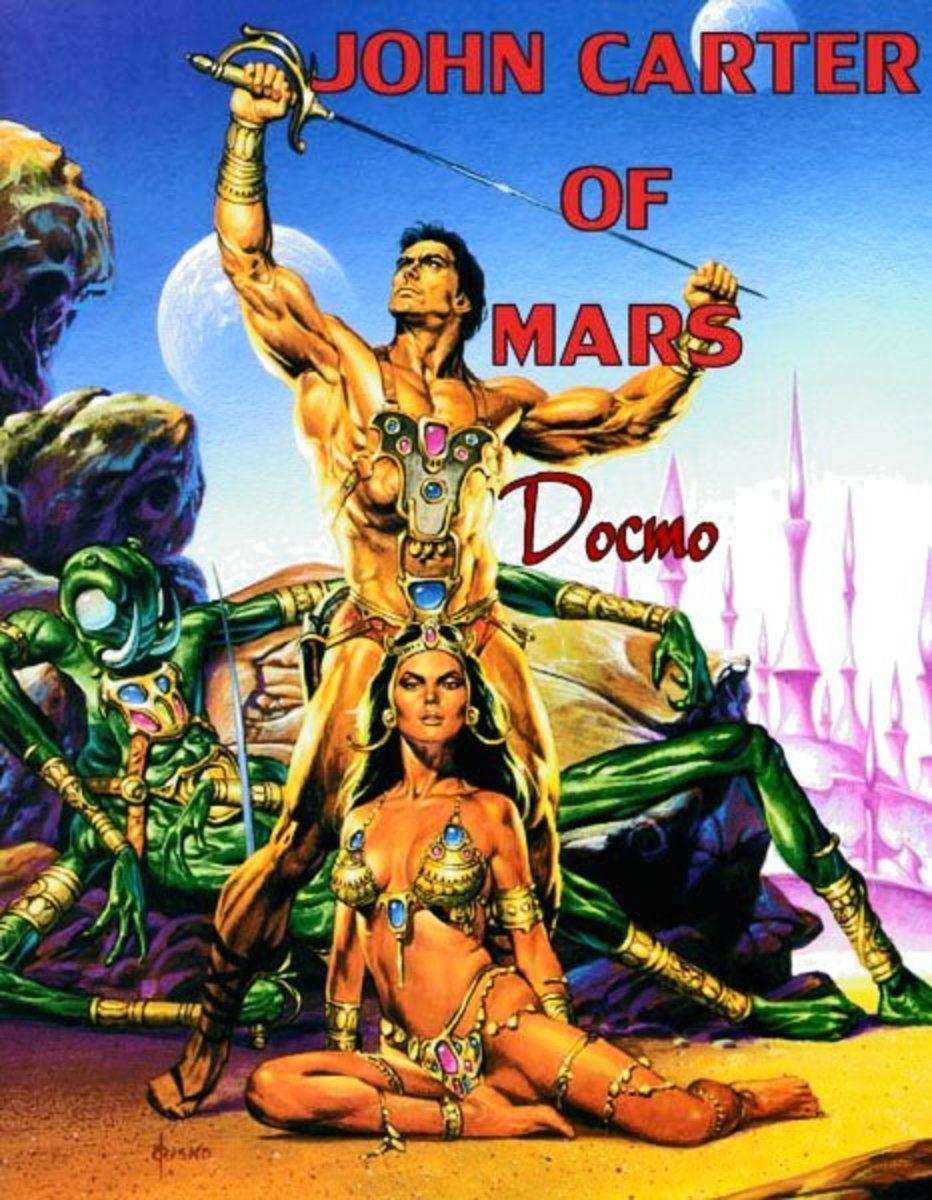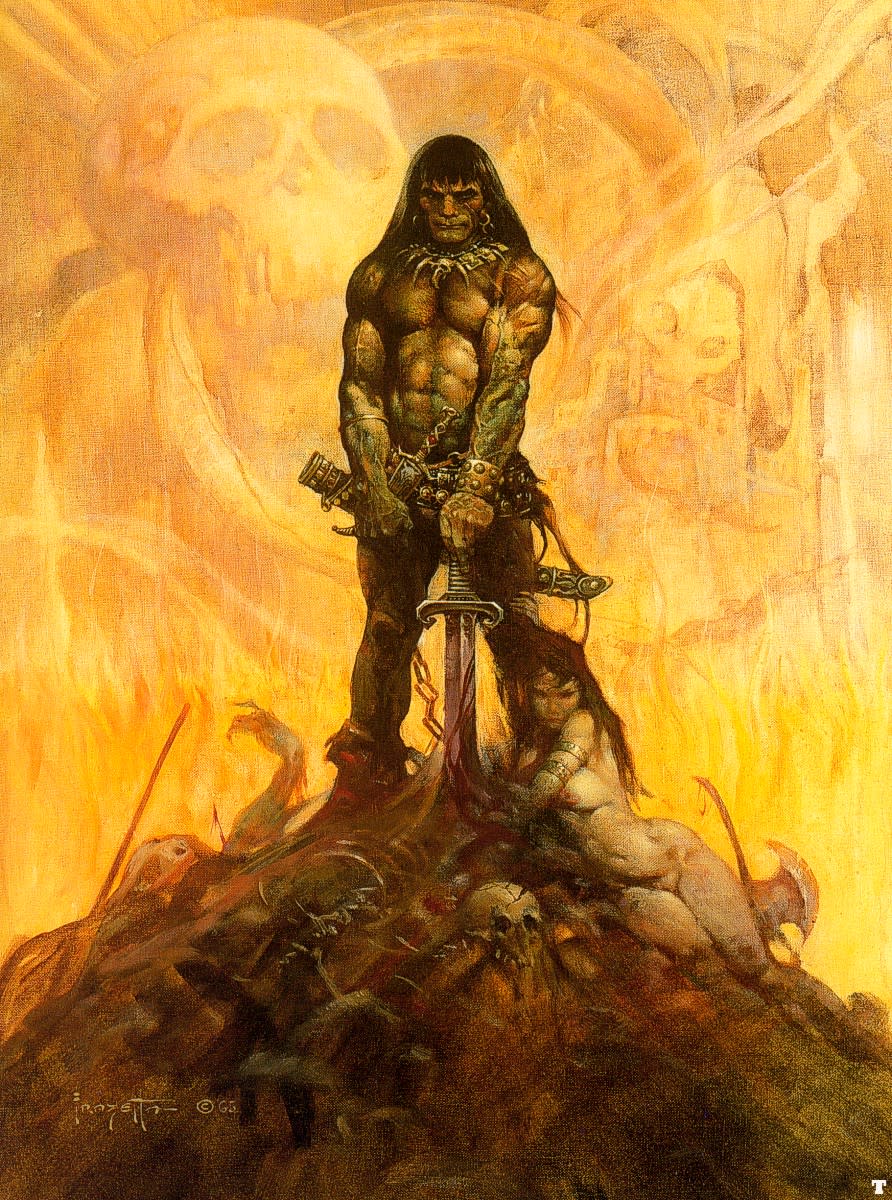Finding Your Story's Genre: Genre Descriptions
So you've written your book, polished it and now you want to submit it to a publisher or find an agent. One decision most writers are faced with when trying to find the right publishers or agents to query is figuring out what genre their story fits into. Every agent, editor and publisher has a genre preference. Few accept all genres. But how do you know which genre fits your story? There's so many genres and sub-genres. And what if your story fits more than one genre?
First thing you should do is research each genre find the one that best matches yours. Then look at its sub-genres and see if it fits even better into one of them. Once you've done that you should have a genre picked out and you should be ready to find your agent or publisher. Figure out what genres they prefer and if it's a match then it's time to query!
Below is brief list of the main genres in fiction with short descriptions, to help you start your research!

For More Creative Writing Hubs
Find Your Genre
Mainstream Fiction: Mainstream or commercial novels have a wide audience. These novels are usually fast-paced, and written in simple, easy-to-read language. Mainstream novels have a strong plot and tension but do not have a specific focus as they would if they were written to a particular genre. Though a novel of a specific genre can certainly fit the criteria for a mainstream or commercial novel. Most bestsellers can be considered Mainstream or Commercial fiction. These novels will appeal to any person despite their genre preferences. A safe word count for novels in this genre is typically 80,000 to 90,000 words. This, of course, can vary depending on the agent or publisher. Some popular mainstream authors are Danielle Steele, Jackie Collins, John Grisham and Stephan King.
Literary Fiction: Literary fiction is similar to commercial fiction in that it has a much broader audience than novels of specific genres. Like mainstream or commercial fiction, books of specific genres can still qualify as a Literary novel. The biggest difference between Literary and commercial fiction is that Literary novels are a bit slower-paced and much more descriptive, focusing more on word usage rather than plot. The language is much more lush and flowery. There is a greater focus on characters in these novels. Quite often literary novels do not have an active or obvious plot. A safe word count for Literary novels would be 80,000 to90,000 words. This can vary according to publisher and agent preferences. Some famous authors of Literary Fiction are: Toni Morrision, Saul Bellow, and Barbara Kingsolver.
Historical Fiction: Historical Fiction is a story that has a historical setting and abides by the laws of physics and cannot extend into the realm of fantasy. These novels often take place in a notable period of history or during a historical event. These stories use actual events through fictional characters' points of view. Sometimes you'll see actual historical figures partaking in historical events in a way that has never been recorded, or a historical event could be going on in the background of the story. Some sub-genres of Historical fiction are Historical fantasy and Alternate history. A safe word count range for novels in this genre is 80,000 to 90,000 words, but always check publisher and agent preferences before you submit any manuscripts. A famous example of historical fiction is Tale of Two Cities by Charles Dickenson.
Gothic Literature: This is a unique genre which takes on elements from genres like dark fantasy, historical fiction or thriller. The setting is most often in castles, estates and/or manor and mansions. These settings are sometimes occupied or abandoned. Gothic novels most often are ghost stories of some kind. They often contain an air of mystery or suspense. Plots may contain things such as ancient prophecies, omens or visions, and/or supernatural of unexplained events; all contributing to the mystery or suspense of the story. The emotion in these stories is often high or overwrought. Often these stories feature heroines rather than heroes. Check publisher or agent preferences for word count for this genre. A famous example of Gothic Literature is Turn of the Screw by Henry James.
Action/Adventure: Action/Adventure stories are fast-paced and pretty easy to read. These novels have strong action and often feature heroes of extraordinary abilities and/or stamina, rather than heroines. The hero is often a strong leader which makes stories of pirates, military and espionage prime targets for an action/adventure book. There's often a clear and direct moral code. These stories are set in realistic or semi-realistic settings. Action/Adventures are often filled with life-threatening situations. There's a strong focus on plot in these novels. Action/Adventures are often marketed toward male audiences. Word counts for novels in this genre vary with different publishers and agents. A generally safe range would be 75,000 to 90,000. Famous examples of action/adventure are The Call of the Wild by Jack London and Treasure Island by Robert Louis Stevenson.
Mystery: This is a popular genre which reaches a broad audience. Mysteries can be either fast-paced or slow. Mysteries focus on a crime of some kind. The main character is often a detective-type who, throughout the story, is trying to solve the crime. These stories are filled with twists and turns that build up to a solution which is obvious in the end. The reader seeks clues and solves puzzles along with the main character to find that solution in the end. The popular sub-genres of Mystery fiction are detective, crime and spy fiction. These novels often have an action/adventure like feeling to them. The word count for novels in this genre can vary greatly. A safe range would be 71,000 to 89,000 words. But check publisher or agent preferences before you submit your manuscript. A famous example of a mystery novel is Sherlock Holmes by Arthur Conan Doyle.
Thriller/Suspense: Thrillers and Suspense novels are exciting, tense and of course suspenseful. These stories focus on complex plots and swift action. The reader is drawn in and propelled through the story by a feeling of impending doom, surprise and tension. Physical threat is a huge characteristic of Thrillers. Heroes or Heroines are pitted against ingenious villains. Popular sub-genres of Thrillers and Suspense include: Psychological Thrillers, Sci Fi Thrillers and Techno-Thrillers. A safe word count for thrillers/suspense novels is 80,000 to 90,000 words. Again this can vary from publisher to publisher and agent to agent. Some famous examples of thrillers are The War of the Worlds by H.G. Wells and The Silence of the Lambs by Thomas Harris.
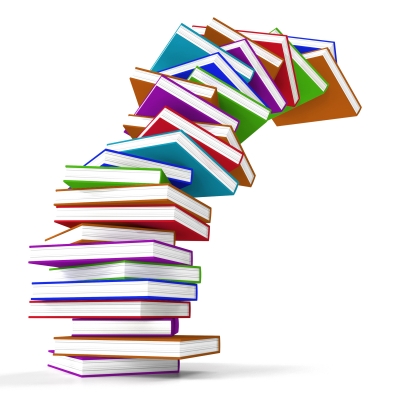
Fantasy: Fantasy is often lumped with Science Fiction because both genres whisk readers away to distant lands, far away worlds and alternate dimensions. Both allow readers to suspend reality if only for a moment. Fantasy focuses more on magical and mythical realms, creatures and characters. These novels also often take place either in the past or present day. A very popular sub-genre of Fantasy is Dark Fantasy, thanks to today's fascination with the darker side of the mythical world (like vampires and werewolves). Novels in this genre tend to run long. An ideal word count range would be 100,000 to 115,000 words. Two famous examples of Fantasy stories are The Chronicles of Narnia by C.S. Lewis and The Lord of the Rings by J.R.R Tolkien.
Science Fiction: Though Science Fiction and Fantasy are similar, the biggest difference is the focus. Science fiction often focuses on futuristic places, technology and worlds. Aliens and outer-space are prime targets for a Science Fiction Novel. These novels tend to be slightly more fast-paced than Fantasy. Like fantasy these novels tend to run long. An ideal word count range would be 100,000 to 115,000 words. A famous example of a Sci Fi novel is The Hitchhiker's Guide to the Galaxy by Douglas Adams.
Western: Westerns are stories which focus on life on the American Frontier and take place in a post-civil wartime period. These stories can be either fast-paced or slow. They feature conflicts between cowboys and outlaws, cowboys and Native Americans and Easterners and Westerners. This genre only became very popular about 25 years ago, but has a broad audience and is very marketable. For western novels the safe word count can range from 50,000 to 80,000 words. I'd say 60,000 is a good aim, but check agent/publisher preferences before you submit. A famous example of a Western novel is The Outlaw Josey Wales by Forrest Carter.
Horror: Horror is written to trigger fear in its reader, using either gruesome and bloody scenes or psychological tricks. It's defining characteristic is in face its purpose (to instill fear in the reader). By using people's fears as a basis, this open up countless possibilities from fears of the supernatural to death or madness or even aliens. It's believed this genre is rooted in the writings of authors like Edgar Allan Poe. A safe word count range for novels in this genre is about 80,000 to 90,000 words. Some famous examples of horror novels are The Shining by Stephan King, Dracula by Bram Stoker, Interview with a Vampire by Anne Rice and Frankenstein by Mary Shelley.
Woman's Literature: Woman's Literature came about because of the well known fact that women are dominant buyers of books. Some key characteristics of this genre include focuses on relationships and the experiences of women. These books always feature a female protagonist. Woman's Literature is often aimed at women of a more mature age. The popular genre of Chick Lit is a sub-genre of Woman's literature which has the same characteristics as woman's lit but is aimed at a younger audience and is often much more fast paced and easier to read. Mommy Lit is also a popular sub-genre of Woman's Lit focusing mainly on pregnancy and motherhood and can be either fast or slow-paced. The word count range or women's lit can vary greatly. For example most women's lit novels range from 80,000 to 90,000 words, however, chick lit novels typically ranges from 70,000 to 75,000 words. A famous example of Woman's Literature is The Time Traveler's Wife by Audrey Niffenegger. An example of Chick Lit is Confessions of a Shopaholic by Sophie Kinsella. And an Example of Mommy Lit is Tales from the Crib by Jennifer Coburn.
Romance: Romance is one of the most popular and marketable genres. Many writers get their start with publishing companies like Harlequin whom focus on Romance novels. These stories often have elements of fantasy, extravagance, love and naivete. In plain these are love stories. Romances have an easy to follow formula: girl is courted by boy, lovers overcome impossible odds and they live happily ever after. Yes these are happy ending type stories, or at the very least hopeful endings. Some sub-genres of Romance are Gothic Romance, Paranormal Romance, Historical Romance and Romantic Suspense. A safe word count range for romance novels would be 80,000 to 90,000 words. Like all genres this can vary with agent/publisher preferences and sub-genre word count averages. Some famous examples of Romance are Pride and Prejudice by Jane Austen, The Notebook by Nicholas Sparks and Born in Fire by Nora Roberts.
Children/Middle Grade/Young Adult Literature: These genres are all aimed at younger audiences. These genres encompass many sub-genres, but the defining characteristic of each of them is the protagonist's age. Young adult stories have protagonists between the ages of 14 to 18. Middle Grade stories usually have protagonists between the ages of 10 to 14. Children's stories contain protagonists typically under the age of 9. Children's stories are simplistic and are often referred to as picture books. They contain obvious messages/morals. However, middle grade and young adult (YA) fiction is a bit less simplistic and the messages/morals are not as obvious. These three types of novels can have elements of any genre as long as it speaks directly to the interests and concerns of a younger audience. Children's books typical have word count ranges of 500 to 600 words. Some go higher but it's advisable to stay under 1,000 words. Middle Grade novels word count can vary according to age. 20,000 to 50,000 words for younger middle grade readers and 50,000 to even 80,000 for older middle grade readers. This depends greatly on the subject matter, agent and publisher preferences and readability of your manuscript. A safe YA novel word count range would be 60,000 to 80,000 words. This is a very flexible genre in regard to word count. Some examples of children's stories are Where the Wild Things Are by Maurice Sendak and Green Eggs and Ham by Dr. Seus. An incredibly popular examples of Middle Grade fiction is Harry Potter by J.K. Rowling. And some famous examples of YA fiction are Twilight by Stephanie Meyers and Hunger Games by Suzanne Collins.
New Adult New adult fiction is the new kid on the block. Some people in the literary world still don't consider it an official genre though it is growing in popularity and volume. Like YA, this is defined mostly by the protagonist's age range and the life experiences related to that age range. Typical new adult protagonists are college aged kids ranging from 18 to 24 or 25. New adult fiction can contain more descriptive adult scenes that aren't appropriate in YA novels. Because of this some people think New Adult is just raunchy, sexed up YA. However, the addition of the adult content is relevant to the age group and many readers can relate to to the experience of new found independence and the responsibility that comes with it. The word count range for New Adult novels is not firmly established as the genre is so new. A safe bet would probably be to keep in the same flexible range as YA, 60,000 to 80,000 words. Check with publishers and agents before you submit. Some famous examples of New Adult fiction are Losing It by Cora Carmack, and Fangirl by Rainbow Rowell.
Another Note: The genres on this list are just a few of the major and popular genres. This list is just a basis for you to begin researching. Also, the word counts included for each genre are in no means a requirement. They are merely suggestions of what to aim for. Write what feels right to you and always check agent and publisher preferences before you submit your manuscript. If you're too high or too low on word count, you can always rewrite or revise later.
What genre do you write in most?
© 2011 Skylar Spring
